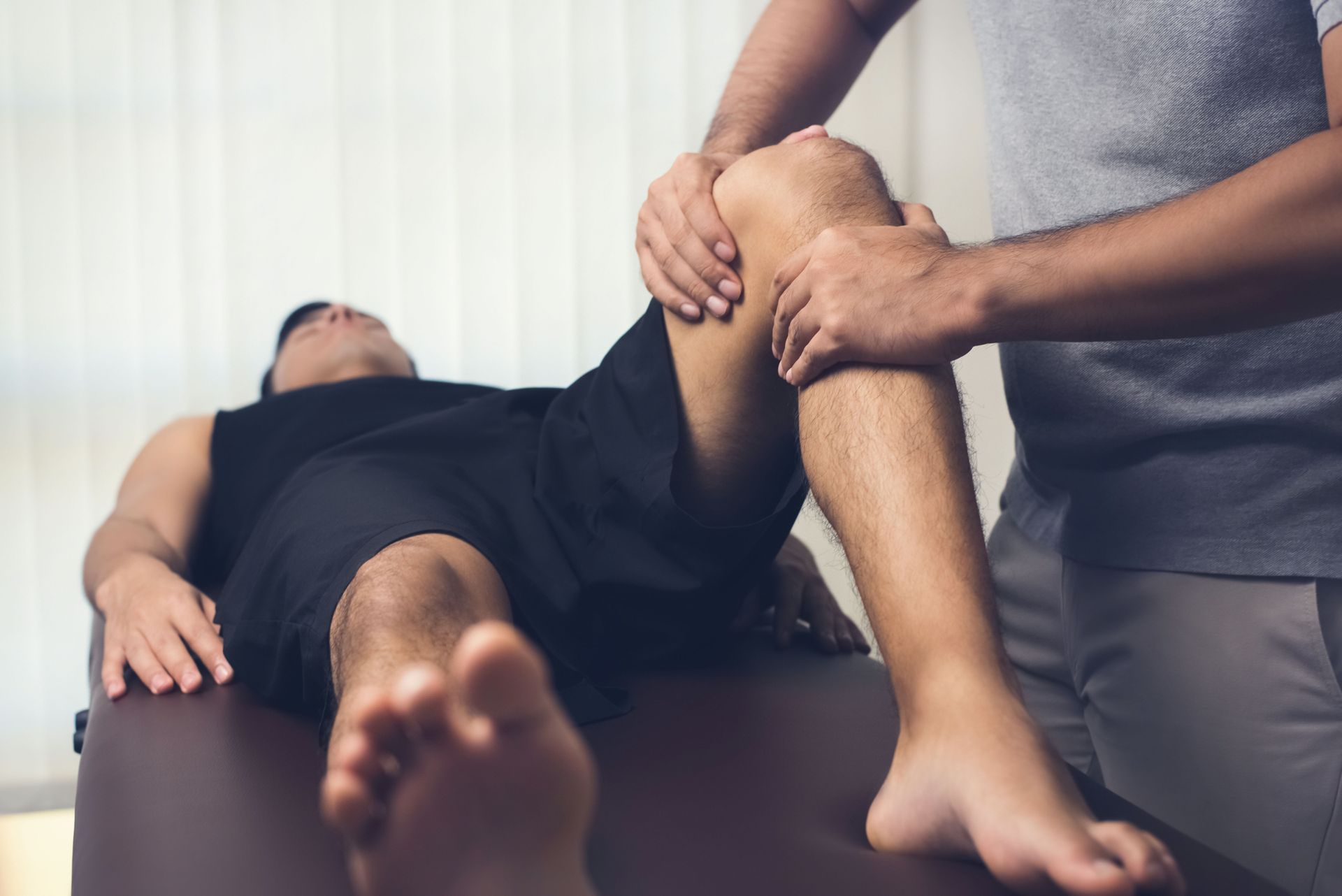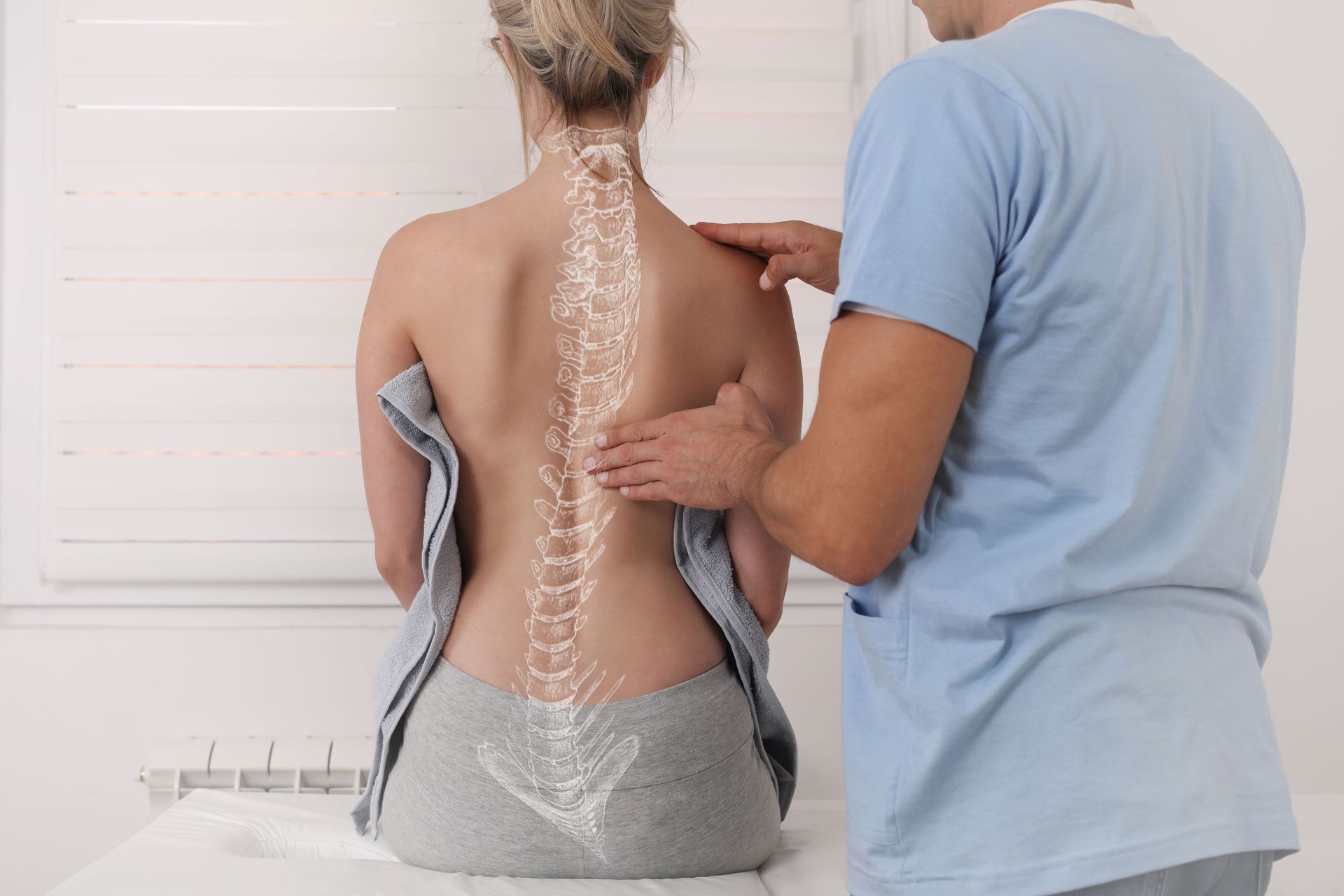October 21, 2025
Knee pain is one of the most common musculoskeletal complaints worldwide, affecting people of all ages and activity levels. Because the knees bear much of the body’s weight and enable everyday movements like walking, squatting, and climbing stairs, they are constantly exposed to stress. When discomfort develops, it can interfere with nearly every aspect of daily life—from work to exercise to basic mobility. Understanding what causes knee pain is essential to choosing the right care plan. Whether due to injury, overuse, or underlying medical conditions, the pain often signals that something deeper is wrong. By identifying the source and implementing effective knee pain treatments, patients can restore comfort, stability, and confidence in their movement. This comprehensive overview explores the major causes, diagnostic methods, and management strategies for knee pain while highlighting how early intervention promotes long-term joint health.
Explore the Anatomy Behind Knee Pain
The knee is one of the largest and most complex joints in the human body, designed to provide both mobility and stability. It connects the femur (thigh bone) to the tibia (shin bone), while the smaller patella (kneecap) protects the front of the joint. The alignment of these bones must remain precise for pain-free movement. Even a slight imbalance can create friction, inflammation, or misalignment that contributes to chronic discomfort. The knee’s ligaments—including the ACL, PCL, MCL, and LCL—act like stabilizing ropes that prevent excessive motion. When these ligaments are stretched or torn, joint stability decreases, causing significant pain and swelling.
Muscles such as the quadriceps, hamstrings, and calf muscles also play vital roles in supporting the knee. Weakness or tightness in these muscles can shift the way the knee tracks during motion, leading to unnecessary pressure on cartilage and tendons. Nerves surrounding the joint, including the femoral and peroneal nerves, transmit pain signals to the brain. If these nerves become compressed or irritated, patients may feel tingling or sharp sensations. Understanding how these components interact helps clinicians design personalized knee pain treatments that strengthen the joint and restore proper movement patterns.
Identify Common Conditions That Trigger Knee Pain
Some of the most frequent sources of knee discomfort are degenerative or overuse conditions. Osteoarthritis is among the top culprits, especially in older adults, because it causes cartilage to wear down gradually, resulting in stiffness and chronic pain. Tendonitis, the inflammation of tendons around the joint, often develops in athletes or those performing repetitive motions. Bursitis, an inflammation of the small fluid-filled sacs that cushion the knee, leads to tenderness and swelling.
Meniscus tears are another widespread issue. These C-shaped pieces of cartilage act as shock absorbers, and when torn—often during sudden twisting movements—they can cause locking, swelling, and loss of mobility. Ligament injuries such as ACL or MCL tears typically occur during high-impact sports or accidents and often require surgical intervention followed by months of physical therapy. Patellofemoral pain syndrome, commonly known as “runner’s knee,” occurs when the kneecap does not track properly along the femur. Correcting improper movement patterns, strengthening surrounding muscles, and applying targeted knee pain treatments like physical therapy and bracing can help restore balance and reduce discomfort over time.
Understand Chronic Conditions That Contribute to Knee Pain
Beyond mechanical issues, chronic diseases can also contribute to persistent knee pain. Rheumatoid arthritis, an autoimmune condition, causes the body’s immune system to attack joint tissues, leading to inflammation, stiffness, and eventual deformity if untreated. Gout and pseudogout trigger sudden, excruciating pain due to the buildup of crystals in the joint. Lupus can produce knee pain as part of a systemic inflammatory response, while fibromyalgia often causes widespread pain and sensitivity that affects multiple areas, including the knees.
Chronic fatigue syndrome may also manifest as muscle weakness and joint discomfort, making everyday activities challenging. These disorders require comprehensive, long-term care to manage symptoms and prevent joint deterioration. Effective knee pain treatments for chronic conditions often combine medication, lifestyle changes, and gentle exercise programs to improve flexibility and reduce inflammation.
Recognize Acute Injuries and Their Immediate Effects
Acute injuries are sudden and typically result from trauma, falls, or sports accidents. Ligament tears, dislocations, and fractures are among the most serious causes of knee pain. When a knee is struck with force or twisted abruptly, damage can occur to soft tissues and bones, resulting in swelling, instability, and significant pain. In such cases, prompt medical care is vital to prevent complications.
Initial treatment usually follows the R.I.C.E. method—Rest, Ice, Compression, and Elevation—to reduce swelling and protect the injured area. Depending on severity, additional knee pain treatments may include immobilization, anti-inflammatory medications, or surgical reconstruction. Rehabilitation programs play a key role in regaining strength and flexibility. Patients are encouraged to work with physical therapists to restore proper movement patterns and prevent reinjury. Preventive strategies such as proper warm-ups, strength training, and protective gear can dramatically lower the risk of acute injuries for athletes and physically active individuals alike.
Evaluate Risk Factors That Increase the Likelihood of Knee Pain
Knee pain often results from a combination of risk factors that accumulate over time. According to the American Academy of Family Physicians, approximately 25% of U.S. adults experience knee pain, illustrating how widespread this problem has become. Age is one of the strongest predictors, as years of wear-and-tear gradually erode cartilage. Genetics can also influence a person’s susceptibility to joint degeneration or inflammatory conditions such as osteoarthritis and rheumatoid arthritis.
Excess body weight places additional strain on the knees, accelerating cartilage breakdown and inflammation. Maintaining a healthy weight can significantly reduce pressure on the joints, often making noninvasive knee pain treatments more effective. Occupations that involve frequent kneeling, squatting, or lifting can increase injury risk, as can high-intensity athletic training. Biomechanical issues such as flat feet, poor posture, or an uneven gait also contribute to improper load distribution. Addressing these through orthotics, corrective exercises, or ergonomic adjustments can relieve stress and prevent pain progression. Education on these risk factors empowers patients to make informed lifestyle choices that support long-term joint health.
Learn How Diagnosis Guides the Right Treatment Plan
Successful management begins with an accurate diagnosis. Healthcare professionals start with a clinical examination that includes assessing joint stability, range of motion, tenderness, and swelling. Imaging tests like X-rays and MRIs provide detailed insight into bone alignment, ligament damage, and cartilage health. Laboratory tests help identify systemic conditions, such as autoimmune diseases or gout, by detecting inflammation or crystal buildup in joint fluid.
Functional assessments, including gait analysis and strength testing, evaluate how the knee performs during daily activities. Patient history and self-reported symptoms also play a crucial role in pinpointing the source of pain. Combining these findings allows practitioners to create customized knee pain treatments that address each patient’s unique needs. This may include a blend of physical therapy, regenerative medicine, bracing, injections, or minimally invasive surgery. Early diagnosis ensures faster recovery and prevents minor issues from evolving into chronic conditions that are more difficult to treat.
Knee pain is a complex problem that can stem from numerous causes—ranging from acute trauma and mechanical strain to chronic disease and lifestyle factors. By understanding the intricate anatomy of the knee, identifying common conditions, and recognizing risk factors, patients and healthcare providers can work together to develop comprehensive solutions. The most effective knee pain treatments combine evidence-based medical care, targeted rehabilitation, and proactive prevention strategies. With consistent attention and professional guidance, it is possible to restore function, reduce discomfort, and protect joint health for years to come.
For personalized care that helps you move freely and live without pain, reach out to Palm Beach Regenerative Sport & Spine today and take the first step toward lasting relief.










